I chose to look at my friend, Katie’s, Looking Outwards for Week 8. She did her Looking Outwards on the Clouds Documentary.

Caption: The opening screen for the Clouds Documentary website. A kickstarter video for the project can be found below and at this website:
I liked how Katie referred to the project as “adding another dimension to the idea of marrying videography, design, and programming.” I strongly agree with this b/c this team figured out how to bring all of these mediums together to create an even more outrageous and innovative creation.

Caption : Visualization of Space Junk: One the interactive graphics that can be found on the cloud.
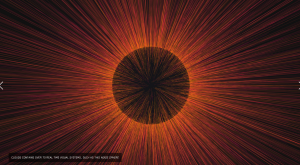
Caption: Visualization of a noise sphere: One of the interactive graphics found on the cloud.

Caption: Fernanda Viegas. One of the contributors to the cloud.
I chose this Looking Outwards because it also has some relation to what we are doing our project on this week: computational portraits. As you can see from the last photo, Fernanda is pixelating. The Cloud took into another level and pixelated a whole story. I think this project is really fascinating because of the mass amount of interdisciplinary contributors that helped bring this project forth.
![[OLD FALL 2017] 15-104 • Introduction to Computing for Creative Practice](https://courses.ideate.cmu.edu/15-104/f2017/wp-content/uploads/2020/08/stop-banner.png)

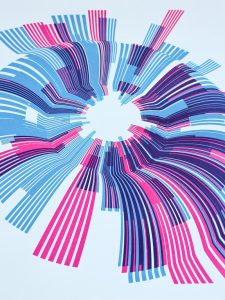
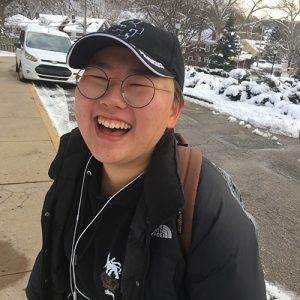

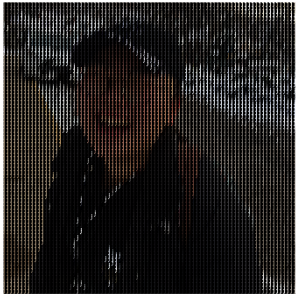



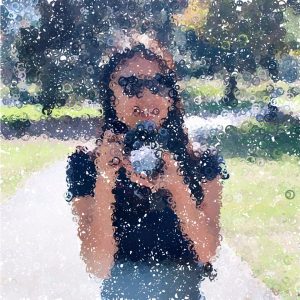

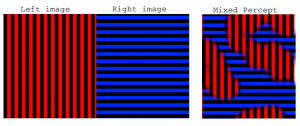
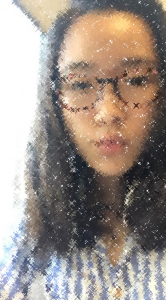

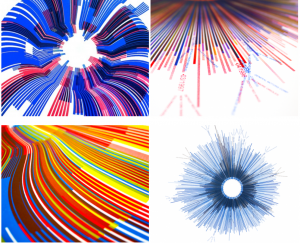 Marius Watz, “Arcs04-01” and “Arcs-04-01″
Marius Watz, “Arcs04-01” and “Arcs-04-01″